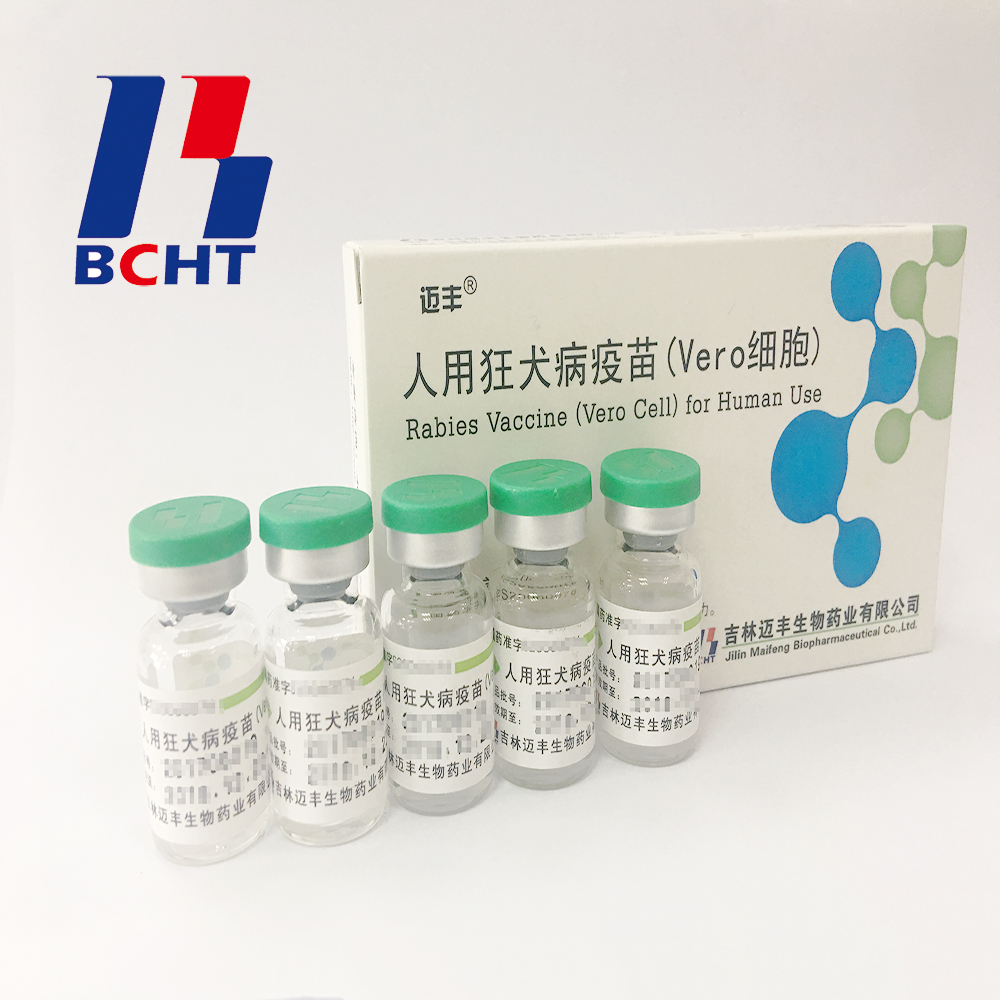Wheat smut is a worldwide disease, which has a great impact on wheat yield. Sick seeds will cause wheat disease in the following year after sowing. Generally, it can cause a 20% to 30% reduction in production, a serious reduction in production by more than 50%, and even an impending loss. In the 60s to 70s of the last century, the disease occurred on a large area of ​​winter wheat in the southern mountainous area of ​​our district, and was effectively controlled by chemical seed dressing treatment. Wheat smut is preventable and treatable. The disease is also known as black buckwheat, rye, and black sorghum. The disease is mainly manifested in the panicle. Generally, the diseased plant is shorter and has more tillers. The disease ear is shorter than the Jiansui, and the glume is open, exposing gray-black or gray-white diseased grains (bacterial ridges). The outer bread is covered with a gray film. When the wheat is threshed, the diseased granules are broken and black powder is emitted, which has a fishy smell. The disease is a systemic invasive disease. Seeds, manure and soil are the main sources of infection. Cross-regional operation of the harvester is also one of the ways of dissemination and diffusion. It is strictly forbidden that the wheat in the diseased area will remain and the diseased seeds will fall into the field. At the same time, we must do a good job in rotation and seed processing. Specific prevention and technical measures are as follows: 1, strengthen the cultivation and management. Suitable sowing, promote seedlings early unearthed, reduce the chance of pathogen infection and reduce the incidence. 2, a reasonable rotation. Infected plots should be implemented for 2 to 3 years of rotation, and the farmyard manure should be applied. 3, drug seed dressing. Winter wheat seeds must be seeded or coated before sowing. The seed dressing agent can use 2% tebuconazole dry mix or wet mix 100 to 150 g mixed wheat seed 100 kg or 3% difenoconazole seed coating agent 100 to 200 ml mixed wheat seed 100 kg or 2.5% slightly Bacterionitrile Suspension 100-200 ml 100 kg of mixed wheat seeds; dressing method: 1 Prepare measuring cups, sprinkler pots, seed dressings, shovels and other tools before dressing; 2 Pour wheat seeds on clean concrete floor (or on the ground) (3) Put a clean plastic sheet. After 3 doses, pour into the watering pot, add water (about 3% of the seed weight), and formulate the liquid; 4 Spray the liquid on the seed pile with a sprinkler, quickly use a shovel. Stir the seeds so that the liquid and the seeds are evenly mixed; the surface of the 5 seeds is evenly wrapped with the liquid and then spread out to dry; 6 the seed for drying and dressing can be sowed directly; the dried seeds can also be bagged and the seeds can be sowed in an appropriate period. . 4, sick field soil treatment. For soil treatment of continuous cropping wheat fields, use 70% thiophanate-methyl WP or 50% carbendazim WP per acre, mix 45-50 kg of fine soil, spread evenly on the ground, and plow till Into the soil.
Jilin Maifeng Biopharmaceutical Co., Ltd., a subsidiary of BCHT, is devoted to mostly R&D in high density cell culture technique and its application for large scale production. Jilin Maifeng is the first company to develop and apply the self-developed microcarrier bioreactor technology to produce Rabies Vaccine For Human Use.
Rabies Vaccine For Human Use Rabies Vaccine For Human Use,Used To Prevent Rabies,Against Rabies Virus Changchun BCHT Biotechnology Co. , https://www.ccbcht.com